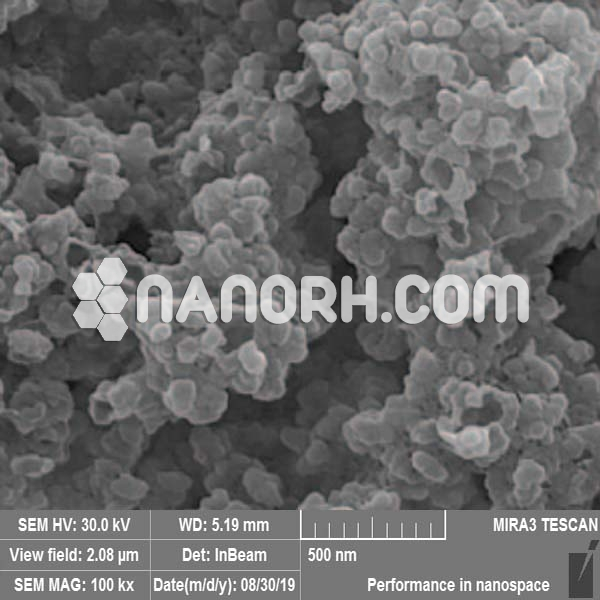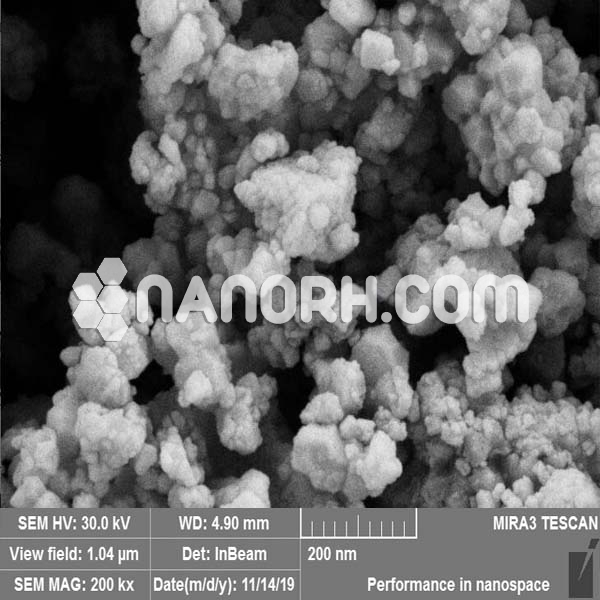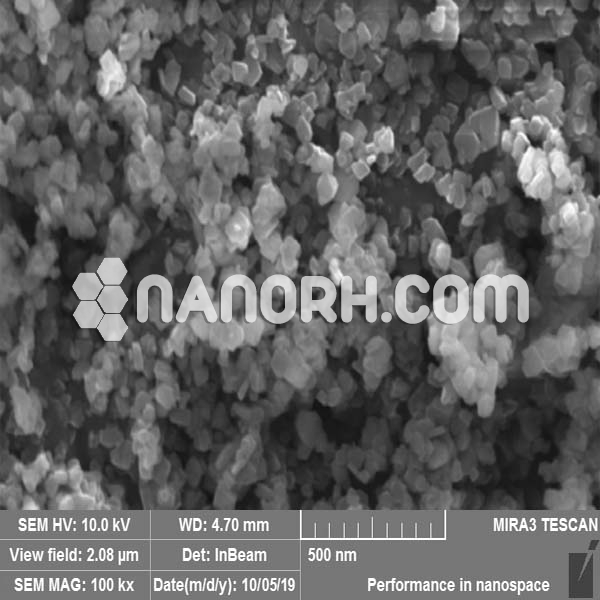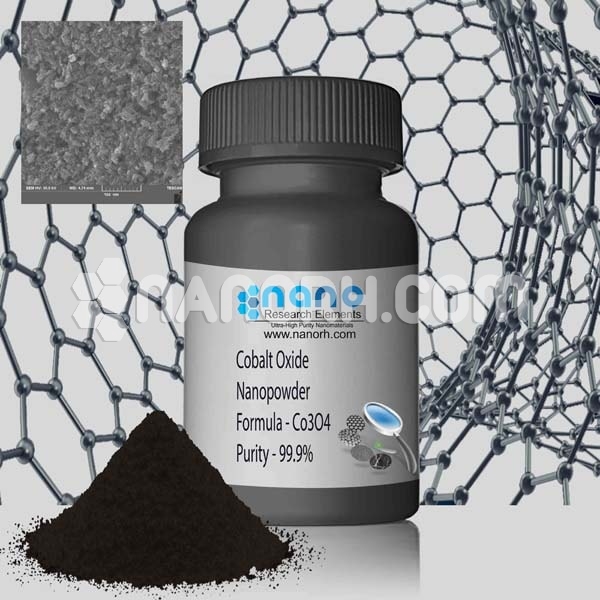| Lithium Nanopowder | |
| Product Number | NRE-1023 |
| CAS No. | 7439-93-2 |
| Formula | Li |
| Molecular Weight | 6.94 g/mol |
| APS | <100 nm (Can be Customized) |
| Purity | 99.9% |
| Color | off white |
| Density | 0.534 g/cm3 |
| Melting Point | 180.5 °C |
| Boiling Point | 1,330 °C |
Lithium Nanopowder
Lithium Nanopowder has gained significant attention in various fields due to its unique properties and potential applications. These tiny particles of lithium, often in the nanometer size range, offer distinct advantages over bulk lithium material. Here are some of the potential applications of lithium nanopowder:
Battery Technology: Lithium-ion batteries are ubiquitous in modern electronics, electric vehicles, and renewable energy storage. Lithium nanoparticles can enhance battery performance by increasing energy density, improving charge/discharge rates, and extending battery lifespan. Their high surface area allows for better electrode-electrolyte interactions, resulting in improved overall battery efficiency.
Drug Delivery: Lithium nanoparticles can serve as carriers for targeted drug delivery systems. Their small size allows them to penetrate cellular barriers, and they can be loaded with therapeutic agents and released gradually at specific sites within the body. This can improve drug efficacy and reduce side effects.
Catalysis: Lithium nanoparticles can act as catalysts in various chemical reactions. Their unique surface properties and reactivity make them useful for catalyzing reactions in industries like petrochemicals, pharmaceuticals, and environmental remediation.
Nuclear Fusion: In nuclear fusion research, lithium nanoparticles are used as a breeding material for tritium, a crucial fuel in future fusion reactors. Tritium can be generated by exposing lithium nanoparticles to neutrons, which makes them an essential component in fusion reactor designs.
Thermonuclear Weapons: While this is not a desirable application, lithium deuteride nanoparticles have historically been used in the secondary stage of thermonuclear weapons to release additional energy through fusion reactions. This application has significant global security implications.
Superconductors: Lithium-based compounds have shown potential as superconductors at low temperatures. Lithium nanoparticles can be used to create superconducting materials for applications such as high-performance electronic devices and magnetic resonance imaging (MRI).
Heat Transfer Fluids: Lithium nanoparticles can improve the thermal conductivity of heat transfer fluids. This makes them valuable in applications where efficient heat transfer is essential, such as in cooling systems for electronics and industrial processes.
Nanocomposites: Lithium nanoparticles can be incorporated into various materials, including polymers, ceramics, and metals, to enhance their mechanical, thermal, and electrical properties. These nanocomposites find use in the aerospace, automotive, and construction industries.
Sensors: Lithium nanoparticles can be employed in sensors for detecting gases, chemicals, and biological molecules. Their high surface area and reactivity make them suitable for developing highly sensitive and selective sensors.
Water Purification: Lithium nanoparticles can help remove contaminants from water through adsorption and chemical reactions. They can be used in water treatment systems to remove heavy metals, organic pollutants, and other impurities.
It’s worth noting that while lithium nanoparticles offer promising applications, there are also concerns related to their toxicity, environmental impact, and safety, especially in the case of uncontrolled release or disposal. Researchers continue to investigate these factors as they explore the full range of applications for lithium nanoparticles.




